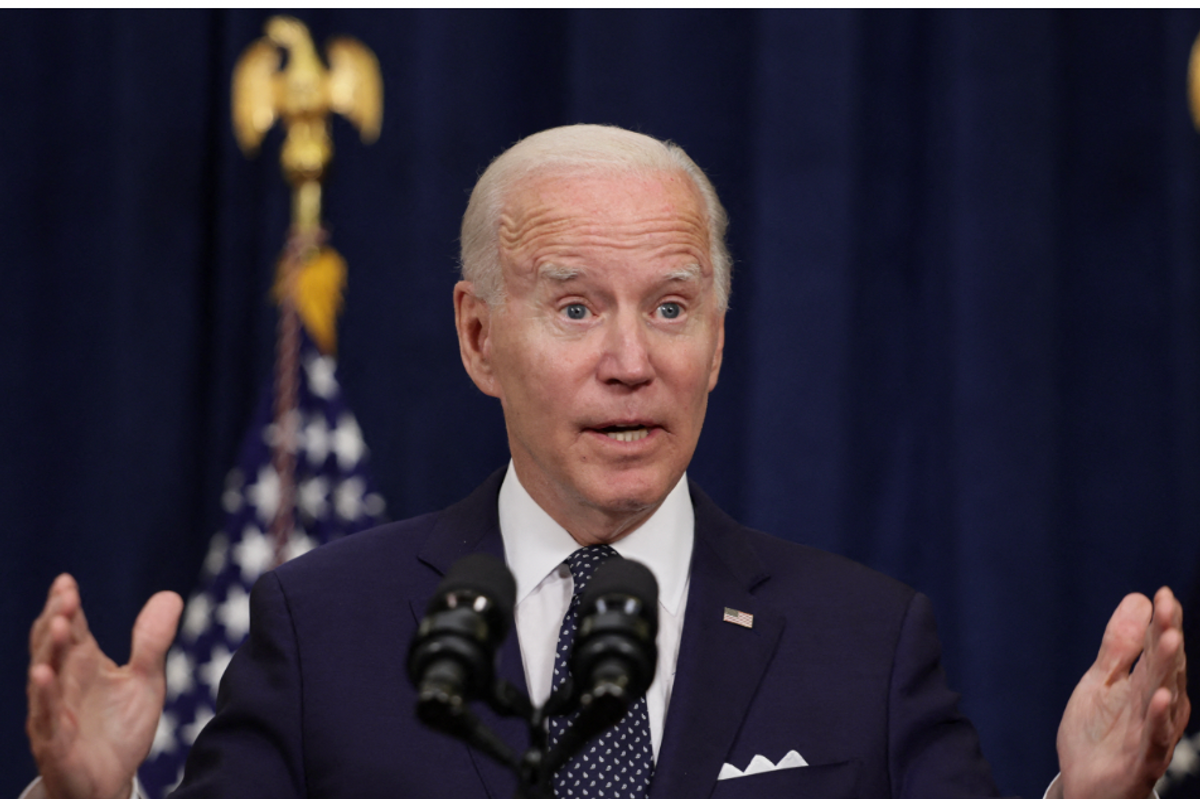
Washington (AFP) – Growth in the U.S. economy in the third quarter was far stronger than thought, official data showed Tuesday, further distancing the United States from the ailing eurozone and Japan.
The world’s largest economy clocked a 3.9 percent annual growth rate in the July-September period, the Commerce Department said, revising its initial estimate of 3.5 percent last month.
The number was well above expectations. Economists had predicted a downward revision in the second official estimate for the quarter, to 3.2 percent.
The momentum came on the heels of a 4.6 percent expansion in gross domestic product in the second quarter as the economy rebounded from a 2.1 percent contraction in the first three months of the year largely reflecting severe winter weather.
The back-to-back quarterly growth means “the U.S. has undergone its strongest growth phase for 11 years,” said Chris Williamson, chief economist at Markit.
The United States is a bright spot in the slowing global economy, with the 18-nation eurozone stalling and Japan, the third-largest economy, falling into recession, and China and other emerging-market economies experiencing easing momentum.
The European Central Bank and the Bank of Japan are ratcheting up stimulus measures just as the Federal Reserve is withdrawing them, announcing the end of quantitative easing in October.
The Fed is expected to raise its near-zero interest rate in mid-2015, the first increase in the federal funds rate in more than six years, if the economy continues to improve.
“Such buoyant growth will inevitably raise expectations that the Fed could soon start to raise interest rates, possibly in the first half of 2015,” Williamson said.
Contributing to the improved third-quarter GDP number was an upward revision to business inventory investment, up 7.1 percent, especially in the wholesale trade and retail trade sectors.
Consumer spending, which accounts for about two-thirds of U.S. GDP, increased 2.2 percent instead of the 1.8 percent prior estimate. The increase was primarily due to spending on goods.
Partly offsetting the upward revisions, based on data that was not available for the first estimate, exports were revised lower and imports were revised higher. The widening in the trade deficit was expected given the slowdown in trading partners and a stronger dollar.
Inflation remained subdued. The Fed’s preferred inflation measure, the personal consumption expenditures price index, rose 1.3 percent in the third quarter, an upward revision of 0.1 percentage point. Stripping out volatile food and energy prices, core PCE prices were up 1.4 percent.
The White House and economists voiced caution about the outlook despite the better GDP numbers.
“Since the financial crisis, the U.S. economy has bounced back more strongly than most others around the world, and the recent data highlight that the United States is continuing to lead the global recovery,” said Jason Furman, President Barack Obama’s chief economic adviser.
“Nevertheless, there is more work to be done to boost growth in the United States and around the world,” he said, calling on Congress, which will be controlled by opposition Republicans next year, to take “important steps like increased infrastructure investment.”
Barclays analyst Michael Gapen said that “although the details of this report are more positive, on net, relative to the advance release, we are not inclined to extrapolate the stronger growth into future quarters.”
“Without a persistent acceleration in private consumption, it is hard for overall GDP growth to accelerate.”
Rob Carnell at ING Bank warned that “a lot can happen between now and the April 2015 rate hike the market is pricing in, including much weaker inflation and a possible re-run of the 2013 government shutdown, and we are taking nothing for granted.”
The Commerce Department will publish its third and final estimate of third-quarter GDP growth on December 23.
AFP Photo/Spencer Platt


